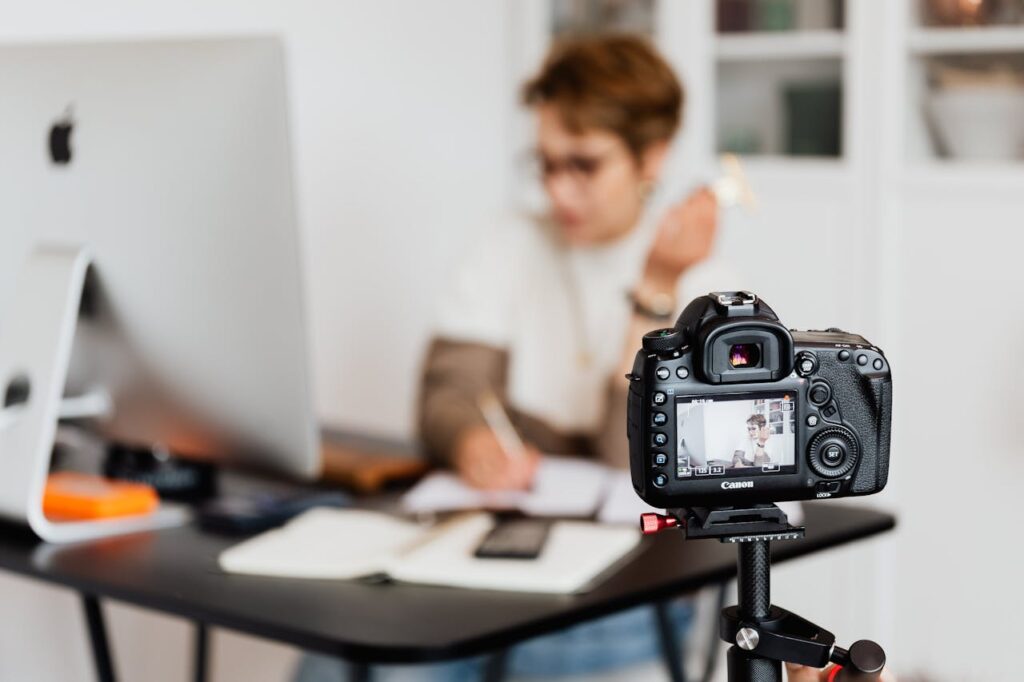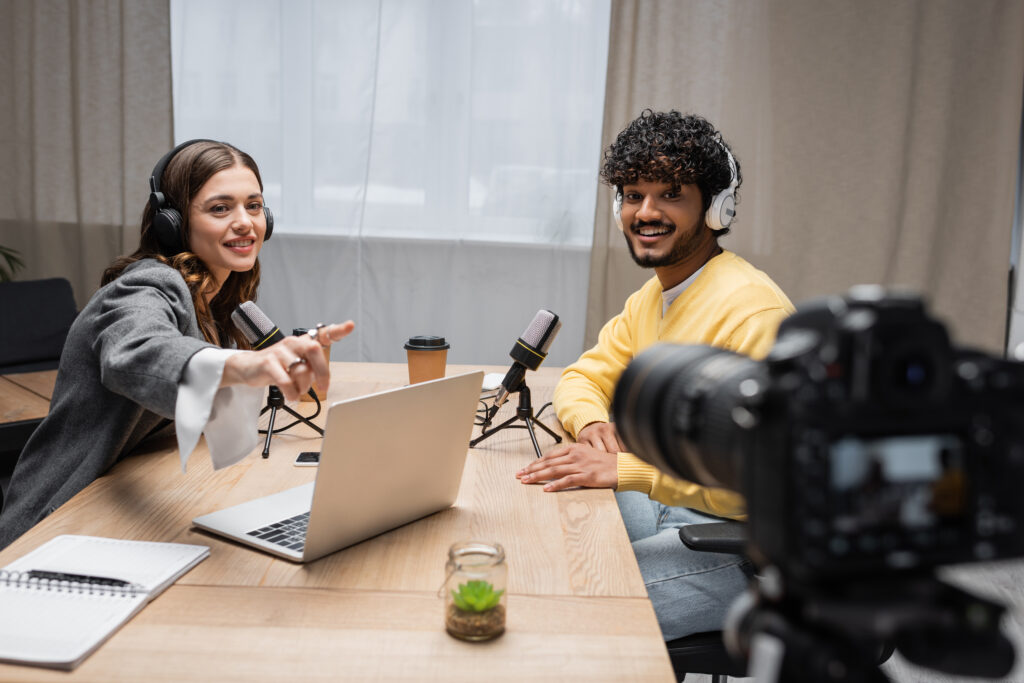ITV + YouTube: Collaboration, Not Conquest — And What It Means for Creators and Media
This week’s announcement of a new strategic partnership between ITV and YouTube is more than a corporate handshake — it’s a signpost for where the media landscape is headed.
For decades, broadcasters like ITV were the gatekeepers of audience attention. YouTube was the disruptor. Now, they’re partners. But why? And what does this mean for creators, advertisers, and the future of content distribution?
The Deal in Brief
- Hundreds of hours of full-length ITV content will be available on YouTube — not just highlight clips.
- Dedicated genre-specific channels: ITV Drama, Entertainment, Retro, Quiz, Real Life Stories.
- ITV controls ad sales via its own team and new digital label Zoo 55, ensuring commercial strategy stays in-house.
- The aim? Incremental reach — an extra 2–4% audience on top of the already high penetration of traditional ITV broadcasts.
Why This Matters
This isn’t ITV giving YouTube the keys. It’s ITV renting a premium suite in YouTube’s skyscraper — and furnishing it themselves.
For YouTube, the benefit is obvious: premium, recognisable programming draws viewers (and advertisers) into the platform for longer sessions.
For ITV, the equation is about distribution efficiency: meet audiences where they already spend their screen time, especially younger viewers who no longer default to linear TV.
The Bigger Picture
This move sits at the crossroads of two media truths:
- Social platforms are the new high streets. If you want visibility, you set up shop where the footfall is — and right now, that’s YouTube, TikTok, Instagram.
- Content value is maximised through multi-channel monetisation. A drama that airs once on ITV can earn again on YouTube, be clipped for TikTok, and licensed internationally.
For Creators
The lesson here is simple: distribution diversity matters.
- Don’t rely on a single platform — even ITV isn’t.
- Think about how your core content can be re-versioned for each platform.
- Keep control of your monetisation channels where possible — partnerships work best when you own the revenue relationship.
For Brands & Advertisers
This partnership blurs the lines between TV and social media advertising. It opens the door to:
- Targeting TV-quality audiences with digital precision.
- Accessing premium content inventory without being locked into broadcast schedules.
- Pairing high-trust, professionally produced content with the interactivity of digital.
The Strategic Signal
This is not about YouTube “beating” ITV or ITV “controlling” YouTube. It’s a symbiotic move:
- YouTube gains legitimacy and premium content credibility.
- ITV gains reach, engagement, and digital ad revenue without losing control.
The SMACC Takeaway
For the Social Media and Content Creators community, the ITV–YouTube deal underlines a bigger trend:
📌 The most resilient content strategies live across multiple ecosystems, not inside one walled garden.
Whether you’re an individual creator, a brand, or a broadcaster, the playbook is the same:
- Meet your audience where they are.
- Tailor your content for each platform.
- Keep control of your monetisation pipeline.
Because in 2025, the real winner isn’t the platform or the broadcaster — it’s whoever can hold the audience’s attention and own the relationship.
Question for the SMACC network:
Do you see this as a sign of social platforms gaining dominance over traditional media, or of traditional media reclaiming their influence in the digital arena?



Pretty! This has been a really wonderful post. Many thanks for providing these details.
I just like the helpful information you provide in your articles